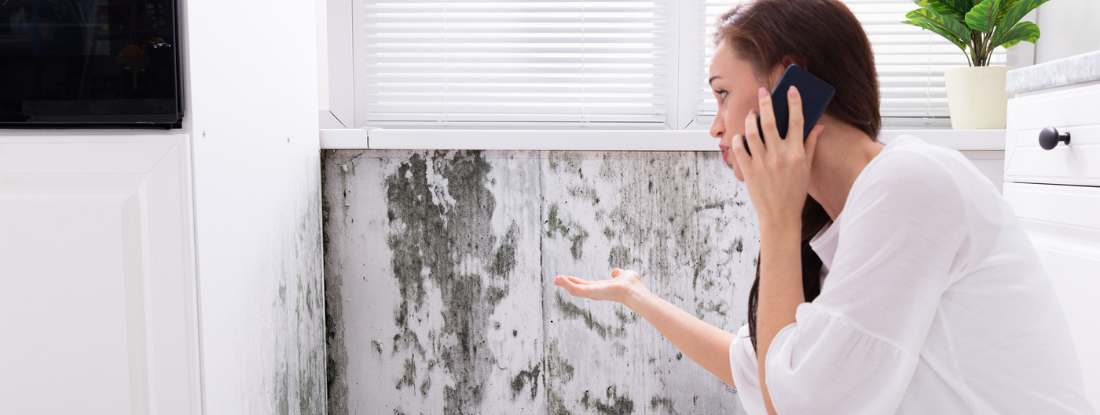After Mold Remediation Techniques for Tidy Rooms
After Mold Remediation Techniques for Tidy Rooms
Blog Article
Your Ultimate Overview to Article Mold Removal Techniques
Navigating the realm of post-mold removal methods is a meticulous procedure that requires attention to information and a detailed understanding of the complexities entailed. In the results of mold problem, recognizing how to properly eliminate the mold and stop its reoccurrence is vital for keeping a healthy and balanced interior atmosphere. From selecting the ideal cleaning and disinfecting methods to executing techniques for long-term mold avoidance, each action in the remediation trip plays a critical function in making certain a successful result. As we start this exploration of post-mold remediation techniques, we will reveal the key methods and best methods that can assist you restore your area to its pre-mold condition and protect it against future mold and mildew risks.
Understanding Post-Mold Remediation Process
After completing the mold and mildew remediation procedure, it is critical to recognize the post-mold remediation methods that are needed to make certain a extensive and reliable clean-up. Once the mold has been eliminated, the next step involves cleansing and disinfecting the affected areas to avoid any type of regrowth of mold and mildew.
In addition, carrying out a last inspection post-remediation is essential to make certain that all mold has actually been effectively gotten rid of. This examination must entail a thorough visual check in addition to perhaps air sampling to verify the absence of mold and mildew spores in the air. Added remediation may be required if the inspection exposes any kind of sticking around mold and mildew. Informing owners on precautionary measures such as managing moisture levels and without delay dealing with any kind of water leakages can help maintain a mold-free setting.
Efficient Cleaning and Decontaminating Techniques

Preventing Future Mold Development

Significance of Proper Air Flow
Correct ventilation plays a vital role in preventing wetness build-up, a key consider mold and mildew growth within indoor atmospheres. Efficient air flow systems help get rid of excess moisture from the air, lowering the possibilities of mold spores discovering the moisture they require to spread out and germinate. Without ample ventilation, interior rooms can become a reproduction ground for mold, bring about prospective health threats and structural damages.
By making sure appropriate air circulation, air flow systems can also assist in drying damp locations quicker after water damage or flooding occurrences, further deterring mold growth. After mold remediation. In spaces like washrooms, basements, attics, and kitchens where wetness levels often tend to be higher, installing and keeping efficient air flow systems is crucial in stopping mold and mildew problems

Monitoring and Upkeep Tips
Offered the critical role that appropriate air flow plays in stopping mold and mildew development, it is important to establish efficient tracking and maintenance tips to make sure the continued functionality of ventilation systems. Surveillance moisture degrees within the residential or commercial property is likewise important, as high humidity can contribute to mold growth. By staying proactive and alert to the problem of air flow systems, building proprietors can redirected here effectively mitigate the danger of mold regrowth and preserve a healthy interior setting.
Verdict
To conclude, post-mold removal methods are vital for making certain a risk-free and clean setting. Comprehending the process, implementing reliable cleaning and disinfecting approaches, avoiding future mold development, keeping appropriate ventilation, and normal surveillance are all critical action in the removal process. By following these standards, you can efficiently get rid of mold and stop its return, promoting a healthy living or working room for all residents.
In the aftermath of mold invasion, recognizing exactly how to efficiently get rid of the mold and prevent its reoccurrence is vital for maintaining a healthy and balanced Click Here indoor environment. As soon as the mold has been gotten rid of, the next action includes cleaning and sanitizing the affected areas to avoid any kind of regrowth of mold and mildew - After mold remediation. After removing noticeable mold and mildew development, it is important to cleanse all surfaces in the afflicted location to remove any staying mold and mildew spores. To further improve mold and mildew avoidance measures, it is vital to attend to underlying concerns that originally led to mold development.Offered the vital role that proper ventilation plays in avoiding mold and mildew development, it is vital to develop reliable tracking and upkeep pointers to make sure the continued performance of ventilation systems
Report this page